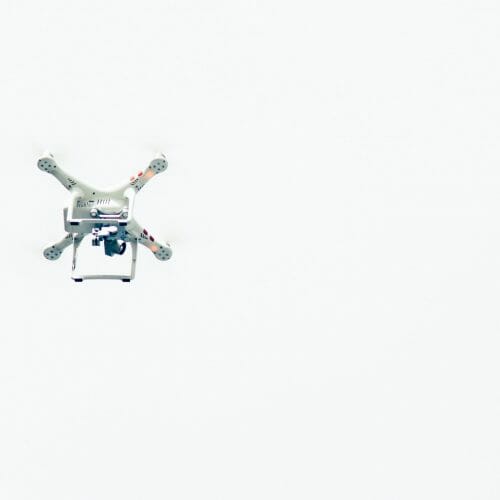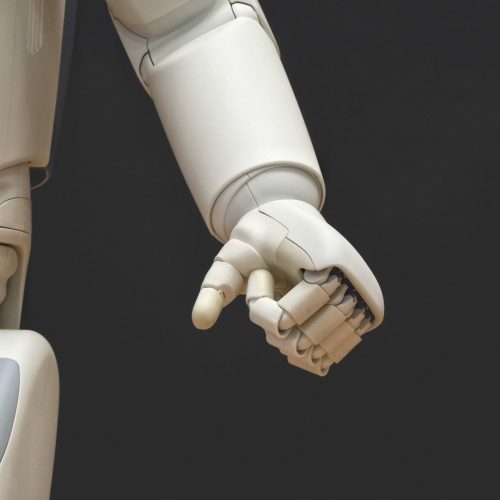Mobility’s Enigma
Looking at it philosophically the personal vehicle is the epitome of unsustainability, the antagonist in many places for socio-economic growth. We buy two-tonne, five-seater 4×4’s to usually drive just ourselves back and forward to work for approximately an hour each way, every day five times a week. That math gives us less than 1% efficiency for our asset, and just as a kicker; you are going to lose 90% of your investment over the next ten years. So why do we still buy them in our droves?
We sit in them alone, casually putting others in danger when distracted by our phone, the radio or simply sneezing. Human errors are responsible for 9 out of 10 accidents; the world health organisation reported 1.35 million people are killed in road accidents every year. That’s one person every 24 seconds. It’s the biggest killer worldwide for children and young adults. Just let those numbers and demographics sink in, that’s 140 people an hour. Yet car sales have still doubled worldwide in the last 20 years.
Our eternal pursuit of advancement is inherent in human nature and has led us to consider smart and futuristic transportation solutions.
It’s probably one of the most disruptive and fascinating industries in our current world, with the Middle East front and centre.
Just over the last year, we have seen a decree on autonomous vehicle testing, tested flying taxi’s, introduced electric scooters, started construction of a hyperloop, developed plans for a sky rail between skyscrapers and began multiple metro projects, with many more initiatives in the pipeline.
Designing the built environment comes with a lot of accountability, but not necessarily an appreciation for the indirect effect of technical advances on our general society, for example, as a transport planner, I don’t regularly think of myself as responsible for the increasing trend of loneliness, a rise in obesity or the increase in greenhouse gases. However, maybe I should.
What if we can design our mobility solutions with the view of reducing our carbon footprint, becoming more active and allowing for spaces that encourage us to interact as a society? With future technology, such as autonomous vehicles, better public transport and shared mobility, we have a real chance of changing the way that we move, and consequently live, for the better. If buildings no longer need to face a road, how do we design for the human environment? If we design our master plans to create social areas linking to primary public transport hubs and not parking, could we eventually remove the private car?
How do we connect more as a society and not allow autonomy to continually isolate our journeys?
It is easy and even enjoyable to envision some of the smart and futuristic technologies and how, in isolation, they could help alleviate congestion or provide more efficient services; like drones delivering our groceries, or an autonomous vehicle dropping kids off at school. However, what’s harder to envision is how we will develop our built environment to host this advanced technology. If done correctly, it will enhance mobility, provide opportunities to connect with others and supplement our society in general by allowing unlimited access to education and healthcare for everyone.
If we look to facilitate for the future of mobility, by increasing kerb space for shared mobility, integrating the infrastructure required to support future low-speed mobility (like electric scooters) and consider safer pedestrian connections to public transport we can offer automation a smooth journey into the next generation and beyond: eventually being able to remove personal car ownership and allow various mobility options to play a vital part in a healthy and connected society, khalas Transport Utopia!
I will leave you with a word of caution; we need to plan now in order to incorporate smart technologies within our lives, we need to be thoughtful in our approach and remain cognisant that the development of infrastructure is a long-term investment and with technology changing so rapidly – wrong decisions made today could have generational impacts.



